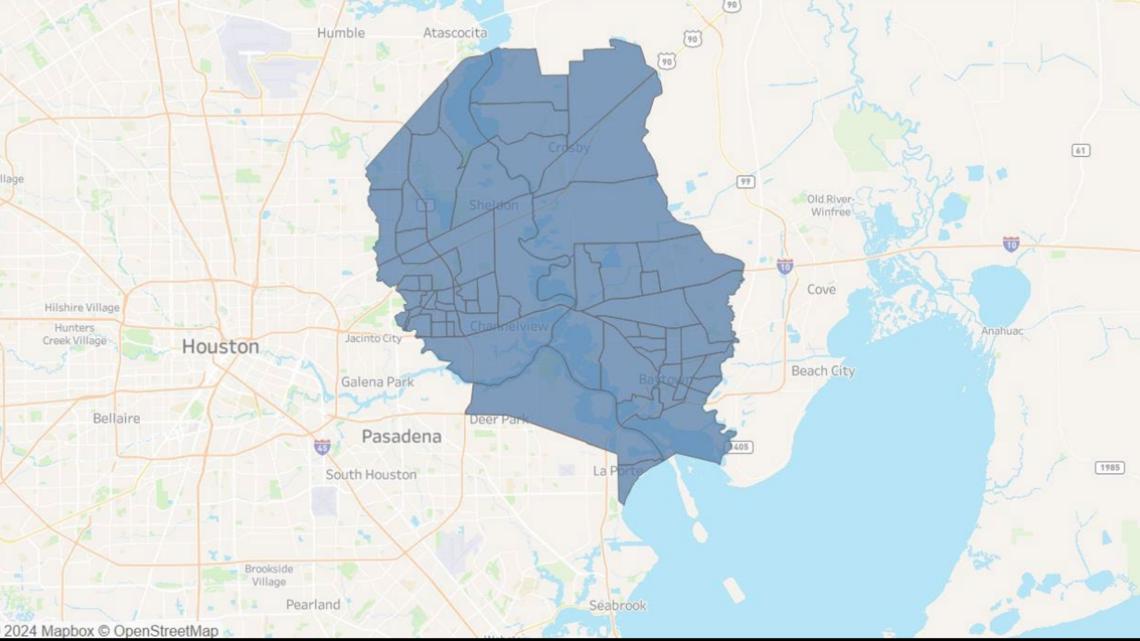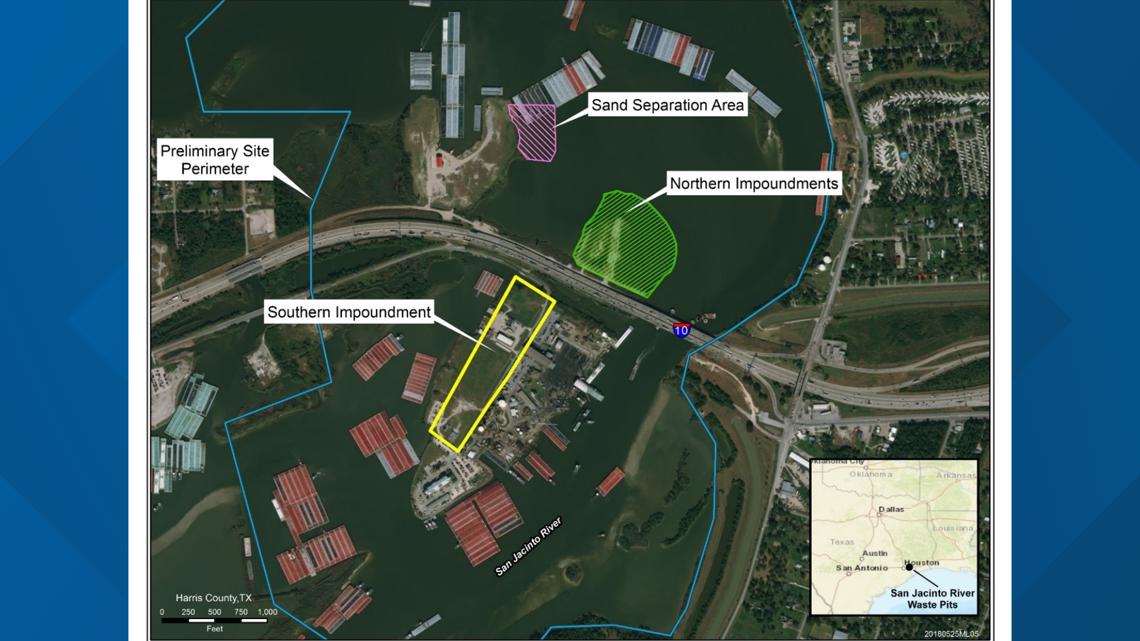HOUSTON — The findings of a new Texas health report say a 250-square mile area of east Harris County is a cancer cluster. Some residents believe it may be linked to decades-old hazardous waste pits in the San Jacinto River.
The residents hope the report will motivate the EPA to force the landowners to clean the site up.
Gene Hennigan, who has have lived in the Highlands along the San Jacinto River for decades, has experienced great loss. He says it’s due to the waste pits’ impact on the nearby environment.
“My son Jeff, who played and swam in these waters…he fished as a kid and has died from two types of lung cancer,” Hennigan said. His wife also got breast cancer.
The worry from parents like Hennigan and other residents in the area prompted a request to the Texas Department of State Health Services to study cancer cases around the area.


In a summary—the report says leukemia, lung and bronchus, and lymphoma cancers were statistically significantly greater than expected. Although, the study says it was not intending to look for causes of the cancer.
“While the findings are not surprising to those living in the shadow of contamination they are a sad vindication for what far too many of us have experienced,” Jackie Medcalf with the Texas Health and Environment Alliance said.
“Now the community knows this information does it help with early detection, what is it that can be possibly done to help the communities here?”
Medcalf, whose group requested the study—is hoping to meet with the EPA to hurry the cleanup process at the waste pit sites.
“The pressure point right now is to tell the EPA to tell the irresponsible parties to get out here and clean it up,” Harris County Precinct 3 commissioner Tom Ramsey is hoping the state and the EPA will step in. Residents like Hennigan are hoping for progress to be made.
“Develop a schedule for completion with milestones, have penalties for not meeting those milestones, and watch them get this done before we lose another hundred lives,” Hennigan said.
The group who requested the study plans to seek further refined data about cancer cases in this area.
KHOU 11 has reached out to the EPA for comment about the findings and we are waiting for a response.
What is the San Jacinto River Waste Pits Superfund Site?
The EPA has this information on the site:
The San Jacinto River Waste Pits Superfund site, located in Harris County, Texas (Figure 1), consists of two sets of impoundments, or pits, built in the mid-1960s for disposing solid and liquid pulp and paper mill wastes that are contaminated with dioxins and furans. The northern set of impoundments, about 14 acres in size, are located on the western bank of the San Jacinto River, north of the Interstate 10 (I-10) bridge over the San Jacinto River.
The report released Monday does not link the cause of the cancer cluster to the superfund site.

